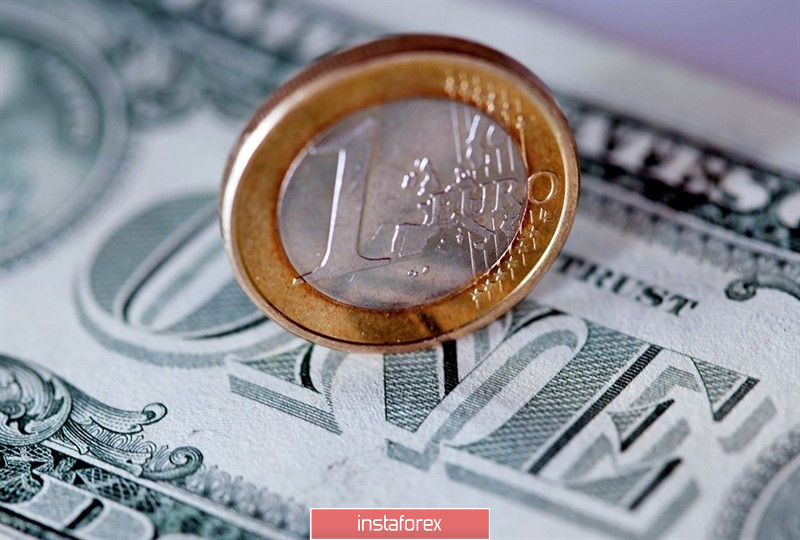
According to the updated forecast of the International Monetary Fund (IMF), the global economy will expand by 3% in 2019, which is 0.2% lower than the July estimate. This will be the lowest indicator since the crisis of 2008-2009.
As one of the reasons for the loss in the growth rate of global GDP, the authoritative organization cites a decrease in activity in world trade, whose growth in the first half of 2019 amounted to 1%, which is the lowest level since 2012.
According to IMF estimates, if the United States raises duties on Chinese imports in worth $250 billion from 25% to 30% and introduces 10% tariffs worth $156 billion for the supply of goods fromChina, then the world economy will not receive 0.8% next year (about $700 billion). If America does not, then the loss will be 0.6%. By closing the deal and canceling all applicable tariffs, Washington and Beijing can add 0.8% to global economic growth.
It should be noted that the IMF revised downward forecasts for many countries, including Germany, which, along with China, looks the most affected by trade wars. The Fund expects that in 2019–2020 German GDP will expand by only 1.2% and 1.4%.
The deterioration in estimates of global GDP and the economy of Germany for some time returned the demand for defensive assets and put pressure on the euro. In addition, according to the Zew Research Institute, the mood index in German business circles fell to -22.8 points in October from -22.5 points in September. The indicator is in the negative zone for the sixth consecutive month. Against this background, the EUR/USD pair plunged to the bottom of the 10th figure. The deterioration in IMF forecasts was a highly anticipated event: investors are already well aware that the dynamics of world GDP will depend on trade conflicts, which also affect the monetary policy of the Federal Reserve.
San Francisco Federal Reserve Bank believes that negative rates can help the United States in times of crisis, as they lead to lower yields and better financial conditions. In this regard, Jerome Powell and his colleagues have the operational scope for monetary expansion. The opposing views of the presidents of the Federal Reserve Bank of San Francisco and St. Louis may seem like babble compared to what is happening inside the Governing Council of the ECB, whose hawks claim that with the help of QE, the regulator protects the debt of European governments from raising rates. Recall that Mary Daly considers the Fed's current policy "moderately accommodative", and James Bullard - "too restraining."
The convergence in the monetary policy of the European and US regulators is one of the key drivers of EUR/USD growth. If the ECB has exhausted its resources, then the Federal Reserve still has room for maneuver.
"If the previous QE programs from the ECB in 2015-2018 serve as some kind of guideline, then EUR/USD can stabilize after the start of the bond purchase (" sell by the rumor, buy by the fact "). We expect the EUR/USD rate to gradually recover to 1.12 in the 2nd quarter and to 1.14 in the 3rd quarter of 2020. This is taking into account the fact that there will be a more aggressive easing of monetary policy by the Fed," said the UOB Group.





















